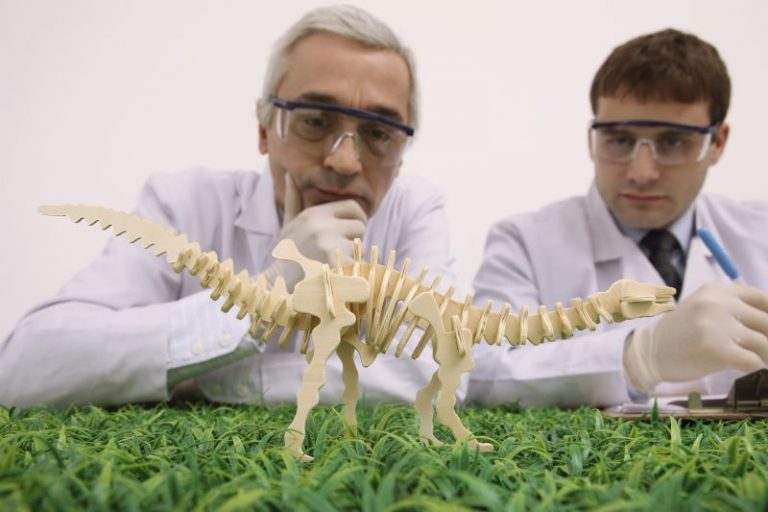Behavioural psychology and behavioural economics drive a lot of thinking in the world of game design and gamification design. I regularly read up on both and look for ways they may be relevant to the work we do. Sometimes they fit and sometimes they raise interesting observations. Today I want to focus a little on a few of the terms that are relevant to our industry starting with choice architecture.
The anecdotal tale of the bowl of cashew nut on the table before dinner and the host taking it away when half was still left so they would have room to eat the dinner, resulting in thanks from the guests. This is just one example from Richard Thaler, where the choice was made for the greater good of the guests and they realised it consciously or unconsciously. In gamification design, having a default choice pattern that leads to optimal outcomes against a set objective comes to mind as a good way to use these insights. Merely having data, is not enough to change our behaviour, setting up a distinct choice architecture increases the chance of success, by making the path easier.
I like his theories because they build on from where the likes of Skinner and even BJ Fogg in my view, have left us wondering what to do when it comes to designing for behaviour change. Most people may have heard about the Skinner box experiments, where rats responded to certain rewards and punishments. A lot of this can be seen in action in points, badges and leaderboard style gamification, where actions receive rewards or not as a core design tactic. Most people in the industry at this stage know that these can be useful but very short-lived. For a game or gamification design to truly work, you need more than just rewards and consequences.
This is where the industry then fell in love with the models of BJ Fogg in behavioural theory, where he coins that behaviour happens when motivation, ability and a trigger all come together at the same time or B = MAT for short. So the motivation has to come from within for a person to truly behave a certain way. In gamification design terms we can set up triggers and then hope for both motivation and ability to be ready to fire at the same time, which is not an easy feat. It is for that reason that I like to know my target audience as well as possible, so I have an idea about their abilities and motivations and can then design relevant and meaningful triggers.
So then enter this lovely term Dopamine. A lot of pop-psychology, platforms and others are using the term to prove with pseudo-scientific back-up that their systems are the best for triggering the dopamine chemical reactions in our minds. Often we see them linked to rewards triggering the dopamine. You would actually need to test with neurotransmitter sensors, whether this is indeed the case, simply asking if that kind of research was done will dispell a lot of the “fake news” about dopamine claims. However, it is actually in the anticipation of an event that dopamine is most likely triggered and built up, don’t take my word for it. Just read up it and check with your local neuroscientist (the ones with the PhD’s preferably) on the detail.
This leads us nicely onto compulsion loops, namely loops wherein a gamification design context they could work in a continuous looping pattern of anticipation, challenge and reward. Challenges can be quests, games, etc. which require a skillset and a level of difficulty to complete. The more compelling this loop is designed for the user, the more they will be hooked on taking part. Just simply look at social media, we post a status update or a photo and then we anticipate a response from our friends and followers, to make us feel appreciated, liked or whatever other emotion you are looking to inspire as a result. The social media systems are set-up to encourage us to keep engaging in this compulsion loop.
Being aware of how these theories work and what they potentially mean for the gamification design work you do can help you become better at explaining the why behind a certain dynamic when clients question you. I also personally think that some of these are just the tip of a much more complex iceberg where we still have a lot of discovering to do.




